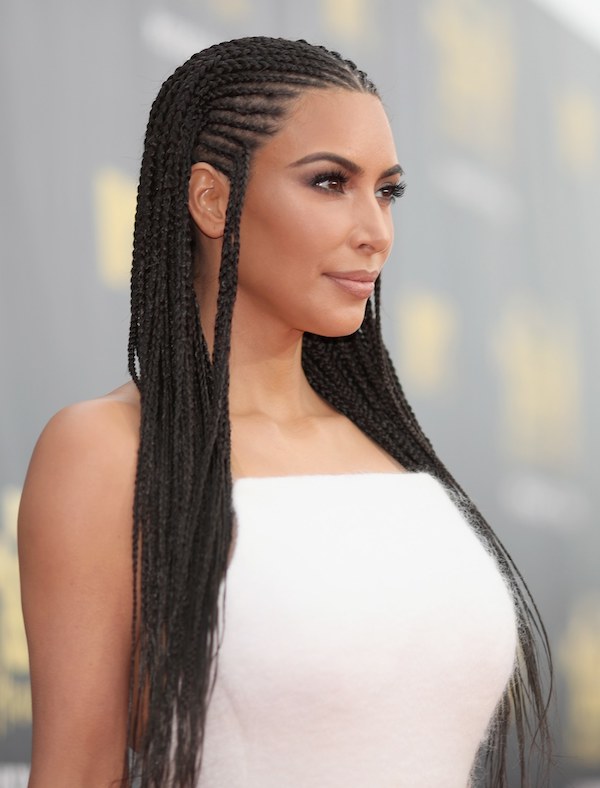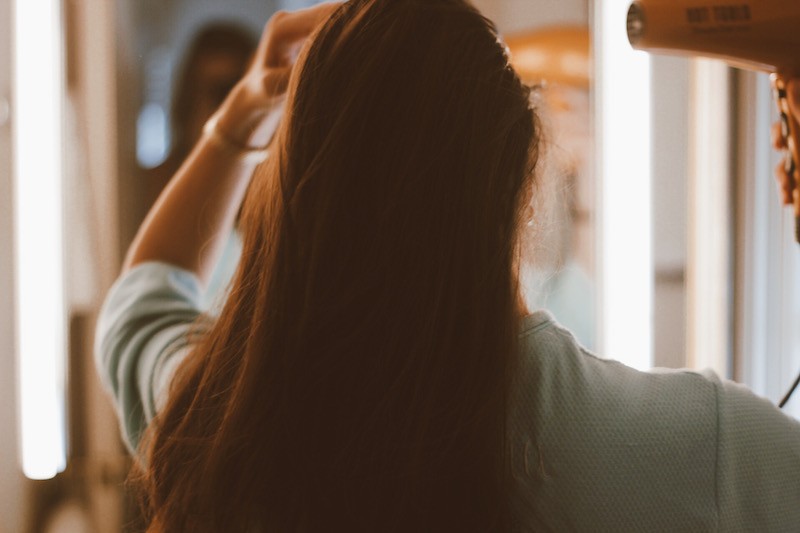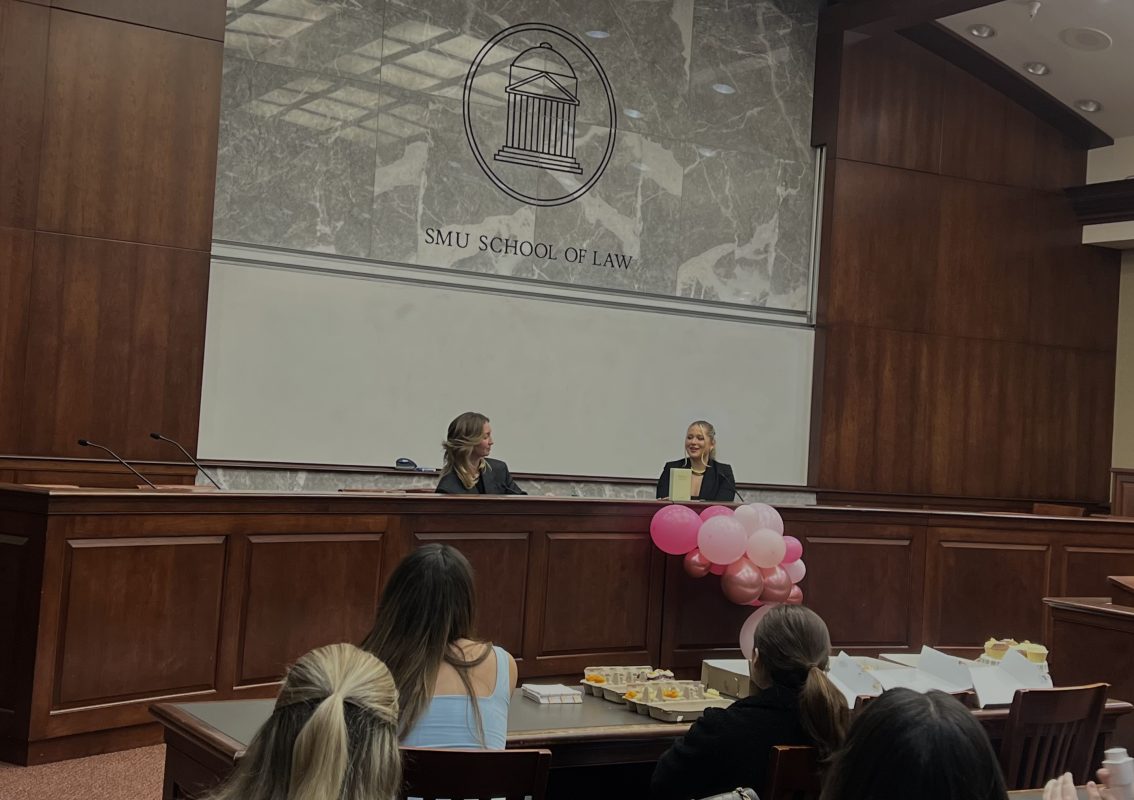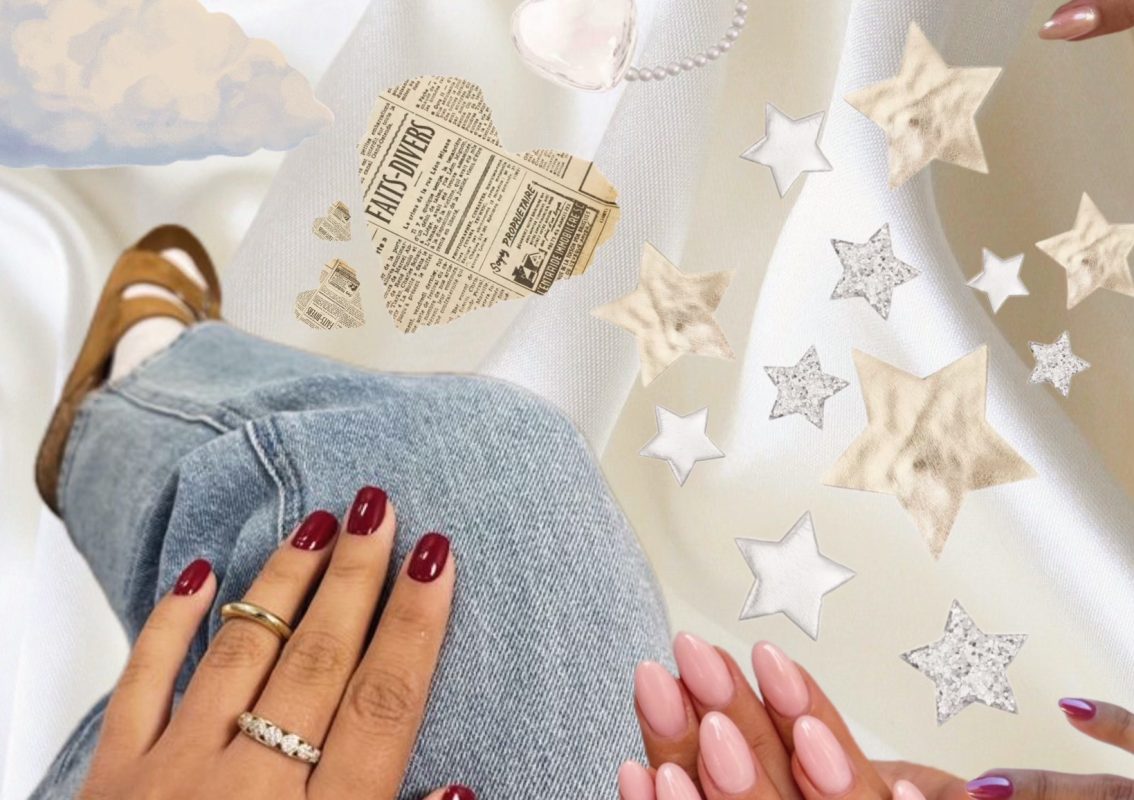Dutch, traditional, box, waterfall, fishtail: the braid has spawned and inspired many variations. It’s a hairstyle that has crossed cultures and generations dating back to ancient Egypt.
African American women have utilized box braids and cornrows as a style to protect natural hair. Royalty have donned a variation of powdered braided wigs as a sign of elegance and prominence in society.
The hairstyle was also a favorite of Native Americans and a staple of their culture. The hairstyle was more than an aesthetic choice; it symbolized a woman’s relationship status. Similar to a peacock spreading its feathers, single woman wore their hair in ornate braids as a way to attract the attention of potential partners. But women weren’t the only ones who wore braids. In some tribes, such as Blackfoot Nation, the braids were reserved only for males.
Today, the style is popular in the U.S. and even had a stint on reality TV, with The Hills alum Lauren Conrad popularizing the mini French braid that was a favorite in the aughts. The style can also be seen on hip-hop icons and celebrities like Janet Jackson, Brandy, and Beyoncé.
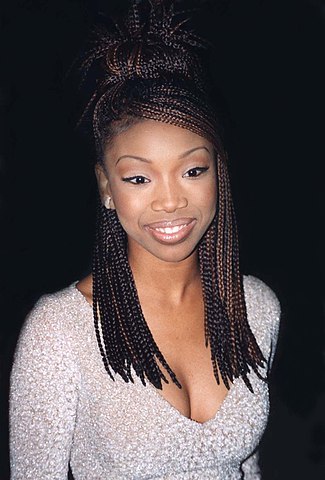
Braid lovers everywhere might be surprised to learn the style dates back to ancient Egyptian times, around 1500 B.C. Nowadays, the popularization of the style is credited to African American women and hip-hop icons like Janet Jackson, Brandy, and Beyoncé. The Egyptians reminded us of who started the braid craze in 2015 when archaeologists found the skull of an ancient Egyptian woman with over 70 braided extensions still intact.

Braiding, which has been used by both men and women across many cultures over the centuries, has not been without controversy. Cultural appropriation accusations plagued the style in recent years especially with the media’s lack of sensitivity around black women. Giuliana Rancic made insensitive comments on the Oscars red carpet about Zendaya’s dreadlocks saying they smelled like “patchouli oil … or weed.”
Growing up in a household where his mom and sister often wore braids, SMU Student Body President Darian Taylor said: “Braids are a significant characteristic of African American style and culture. In order to fully understand that, mainstream media must come to appreciate the history and meaning of the style because if not natural hair, braids, and other culturally significant hairstyles are going to viewed as lesser than their white counterparts.”
Recently, there has been a movement of destigmatizing hair specifically for African American women in the workplace. Nearly 10 states have proposed or passed laws to protect natural hair in the workplace. In Texas, a teen was passed over for a job at Six Flags because of his dreadlocks. In response to his dismay, a spokesperson for Six Flags said the company adjusted their policy and employees are now allowed to wear deadlocks…provided that they’re well maintained and do not fall below the collar.


